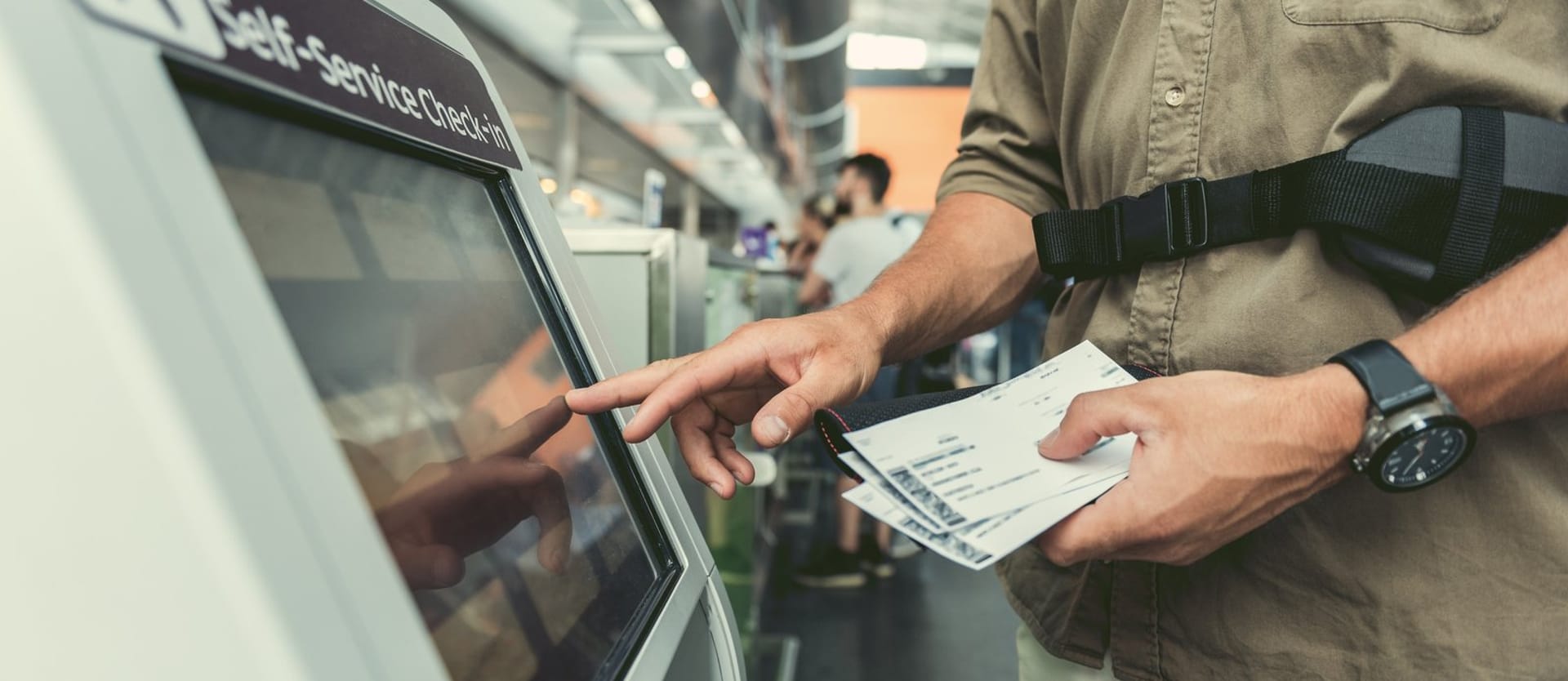Even before the pandemic, travelers were eager for independence during a trip. And now, when people are finally ready to travel again, there’s another concern - safety. Today we know that flights themselves might be the safest element of your journey, with special airflow systems and limited face-to-face interaction. But the same can’t be said about airports or hotel lobbies with their crowds and plexiglass shields of unproven effectiveness. Now we’re talking about the ways to make travel contactless or - to use more traditional language - self-service.
By self-service, we mean tools that help customers solve their problems independently, without asking for assistance. Self-service technology has been sporadically implemented at different stages of the travel experience, and different locations as well. There are capsule hotels in Japan that are almost entirely staff-free and automated passport control has been implemented in selected airports in Europe and Asia. But how do we make travel completely self-service at all stages of the journey? Let’s discuss the opportunities.
What does self-service for travel mean?
To be fair, the idea of self-service travel is nothing new. And it hasn’t been new since the 90s at least. Back then, self-service used to simply mean “without a travel agent,” and in 2020, with up to 80 percent of travelers booking directly online - it’s a norm. But the growing need for self-service technologies only shows how lacking it is in certain areas and where the potential lies.
But first, let’s clearly define what makes something “self-service.” We suggest the following characteristics:
- Available in electronic format or online (the ability to use e-tickets instead of paper ones)
- Without human contact or interaction (having tools to do all basic operations without calling customer service)
- Anytime, anywhere (having no restrictions on how these operations should be done)
For example, Expedia provides a self-service booking experience. Everything can be done without interacting with company staff. Moreover, the company is organized to help people solve their problems without calling customer service. But then, you arrive at a hotel and have to go through the whole check-in with the receptionist, who will give you the room key only after exchanging some documents and signatures.
So, we’ve divided the travel journey into four stages (travel research and booking, at the airport, at the hotel, and travel experiences) and will look at the tools that can (and in some instances already do) make the experience more independent.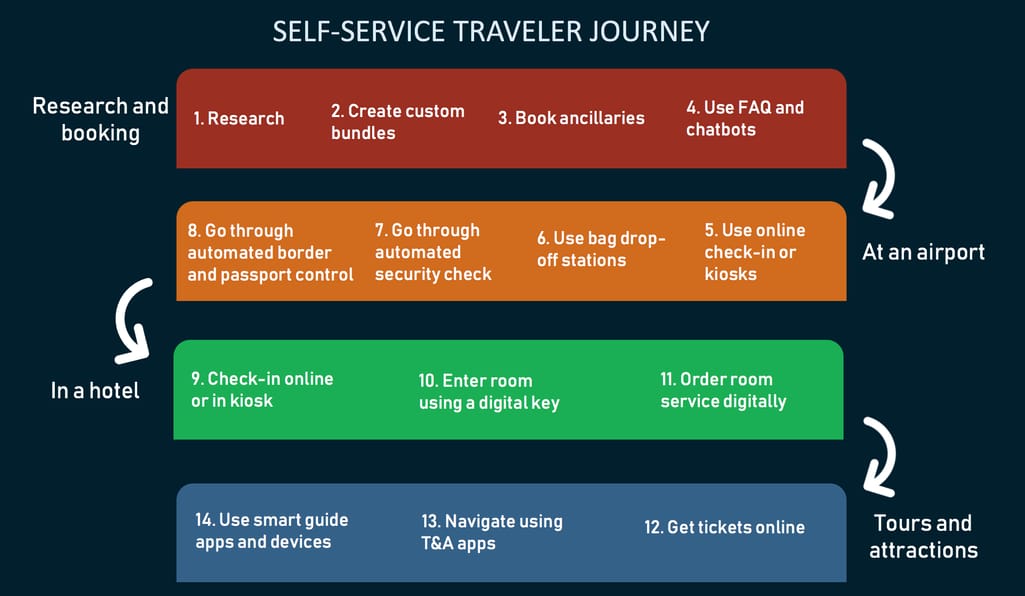
Self-service touchpoints on the traveler journey
Travel research and booking
Travel shopping is a stressful process. Travelers visit up to 160 websites in the span of a month before booking a trip. And even after that, they’re not always ready to make a decision - about 80 percent of travelers abandon their bookings, either by picking a better option or by delaying the decision for another time.
And while for many this is just a regular part of the process (they want to do more research or compare prices), some are finding the method too complex or run into technical issues. Besides, there are groups of travelers that require assistance and would visit a travel agent to make the purchase:
- Business travelers (we looked at self-service solutions for business travel in a separate article)
- Large groups
- Special needs travelers
- Travelers with complex itineraries
- First-time travelers, and so on.
This doesn’t mean that they’re specifically looking into interaction with travel agents, they just often don’t find what they need on regular booking websites. Here are some self-service solutions to attract these groups of customers and reduce cart abandonment.
Booking engine and dynamic packaging
A booking engine is a tool that allows travelers to search and filter travel offers. The functionality of your booking engine will dictate what travelers can find on the website and how they can find it - it’s an ultimate self-service technology for any OTA, hotel, or airline. There are tons of booking engine solutions on the market, but they often need customization to better suit your customer, business, and pricing requirements.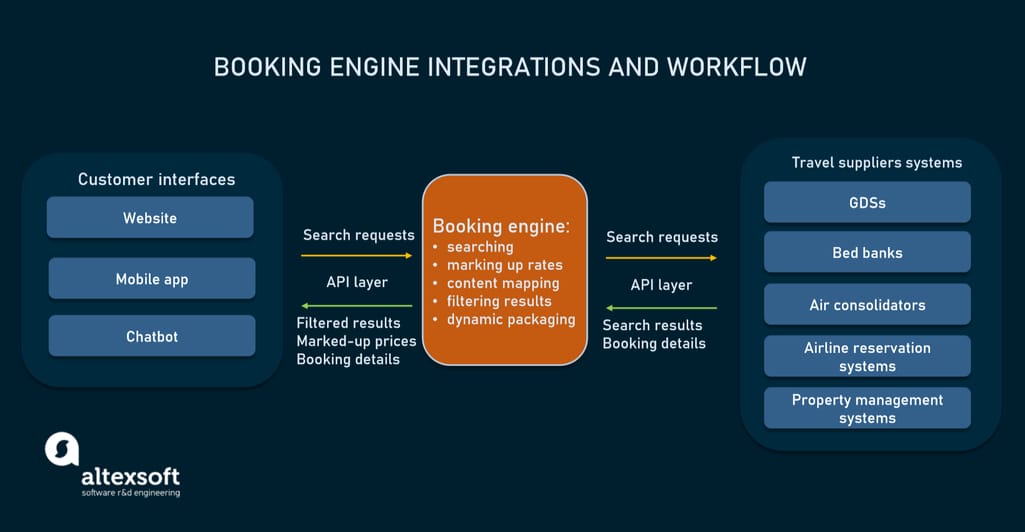
A booking engine connects customers to travel suppliers via a user-friendly interface
A booking engine is also responsible for payment capabilities - and importantly - what's known as dynamic packaging. This technology is often available at larger OTAs and allows customers to create tailored itineraries by bundling flights, hotels, and transfers more conveniently, and at a cheaper price. We talk more about how dynamic packaging is implemented in the article linked above, and although it’s a complex process, it will allow customers to stay on your website and close the deal, all while not once talking to an agent.
Ancillary booking at OTAs
Ancillaries are extra sales that cover everything from seat selection to insurance and transfers that are available directly on airline websites. Ancillary revenue amounts to 12 percent of airline revenue on average and up to 40 percent for low-cost carriers. This allows airlines to market themselves in competition with OTAs. The most popular types of ancillaries are:
- First and second checked bags
- Excess baggage
- Booking and flexibility fees
- Seat upselling
- Onboard retailing and duty-free products onboard
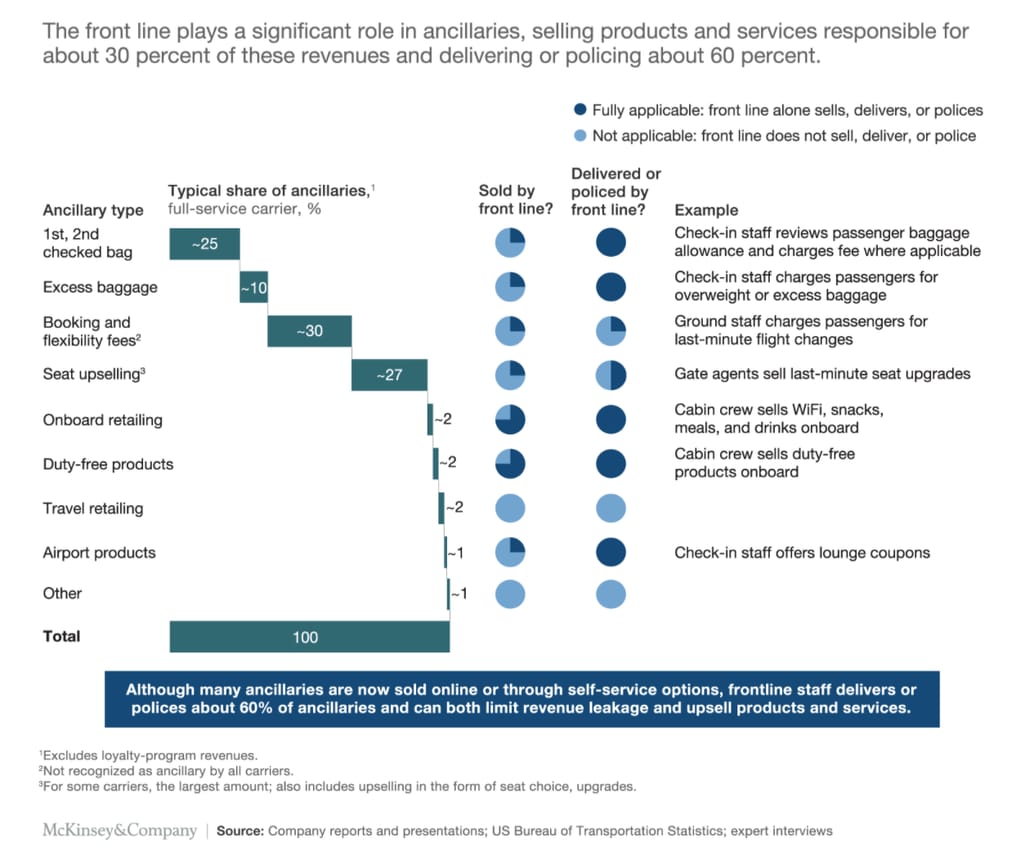
All of these services are sold by frontline staff either at check-in, at the gate, or onboard. And it’s possible to deliver the same value online - OTAs can use the NDC connection.
NDC or New Distribution Capability is a technology that essentially allows airlines to share more detailed data with OTAs, thus including ancillaries in their offers. Already implemented by dozens of airlines and available through all main GDSs, this solution marks the future of flight distribution and will essentially help match online and offline shopping experiences.
Customer self-service and post-booking support
Nothing prevents customers from making a purchase more than the need to call customer service. Most often, travelers look for answers directly on the website, or, if not found, on forums and TripAdvisor. The most persistent ones do call, but it’s rarely because they have a complex issue, i.e., they most likely couldn’t find the solution to their common problem. What is good practice here?
FAQ section. The Frequently Asked Questions should address topics that are relevant to most customers: refunds, cancellations, changing their booking information, and learning pricing details. The FAQ page should be written using the language anyone will understand. For example, see the difference between Booking.com and Kayak FAQs. First of all, Booking doesn’t have a search function. Then, a person is required to click through different sections to find their specific question. On Kayak, all issues are displayed right away, there’s search, and questions are written as if reading customers’ minds.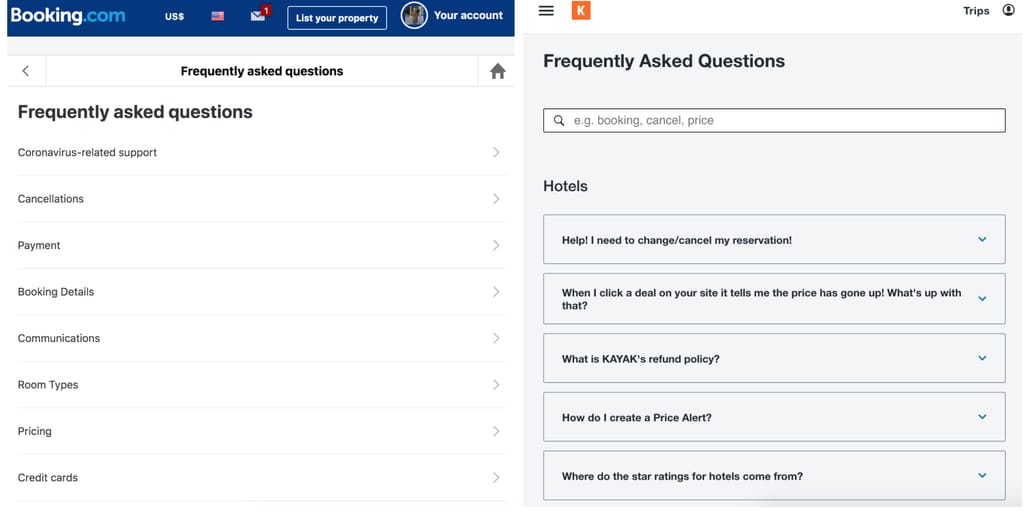
Comparing FAQ sections of Booking.com and Kayak
Chatbots. Second stage - the chat. Customers who couldn’t find their issues in the FAQs are encouraged to use the chat. In 90 percent of cases, this chat can be automatic and solve most of the issues people may have. The Kayak chatbot, for example, has a limited list of topics it can direct users to.
Kayak’s customer service bot
Only when a user doesn’t find a needed option are they invited to use the “Live chat” with a real person. To read more about using chatbots in travel, go to our dedicated article.
Self-service amendments and cancellations. OTAs today don’t prioritize automated refunds or changes just because they don’t happen too often. But when they do happen, travelers need to spend hours in customer service calls to make important changes to their journeys.
The lack of confidence that the OTA will help you in dire need is why many people still don’t trust online channels in 2020. In the video above, we talked in detail about how OTAs can automate this process to some extent, so be sure to check it out. Spoiler alert: It comes down to messaging software that will replace phone calls, and using request processing APIs to automate at least some manual work.
At an airport
The basics of passenger experience in airports remained the same for decades. Travelers arrive at the terminal and join the line for the check-in counter, then go through the whole hassle of security check, followed by another line for passport control, and the final check at the gates.
To minimize these interactions and make the experience self-service, we need to reconsider the whole airport layout, which won’t happen soon. As of now, digital touchpoints have been sporadically placed on the airport grounds, unlikely to be used by unregular flyers or foreigners. Let’s go through these technologies.
Online check-in and check-in kiosks
At check-in, a passenger hands over baggage, receives a boarding pass, and pays for ancillaries. In airports, this is done at counters handled by airline staff, but there are alternatives.
Airlines overwhelmingly encourage customers to check in online - it makes lines shorter and helps airlines prepare better. Some give positive encouragement such as allowing you to pick your seat for free, while others like Ryanair will make you pay a fee for airport check-in. The boarding pass can be printed or saved on the phone, often in the airline’s branded app.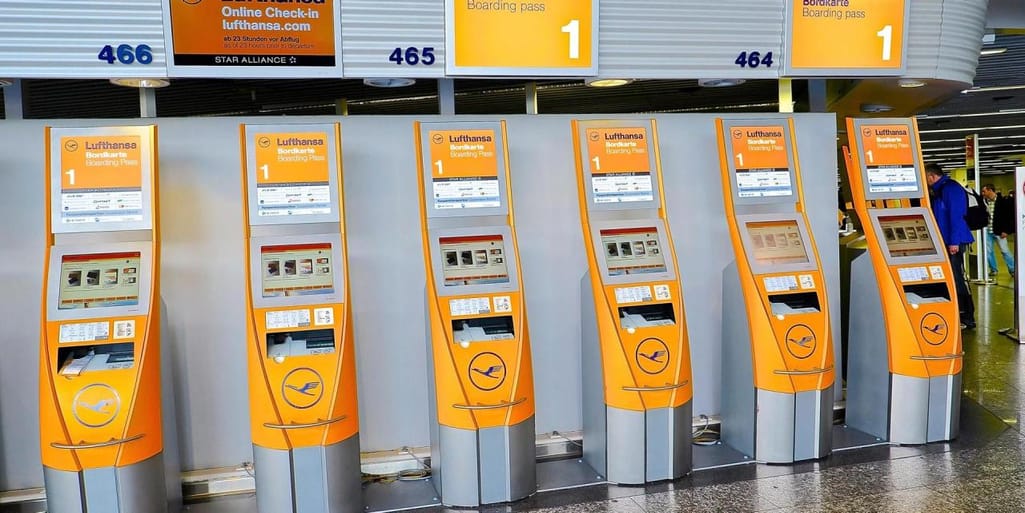
Lufthansa check-in stations at Frankfurt Airport
Another self-service check-in option is a kiosk. Most large airlines have kiosks, but they can only be found in large airports as well. Apart from check-in, kiosks allow passengers to choose their seats and check and pay for their baggage. The kiosk will print out the baggage claim tag, so the passenger can use self-service bag drop-off kiosks.
Baggage handling
Traditionally, baggage is checked and dropped off at the airport counter. But there are several options for checking, dropping, and tracking your baggage that don’t require interaction.
Self-service bag drop kiosks. These are different from check-in kiosks as they usually have conveyor belts attached to them. Before placing the bag on the belt, a passenger should check in, receive a boarding pass, and create a bag tag. There are paper tags that can be printed at kiosks or at home, but tags can also be electronic.
HomeTag. HomeTag is available for selected routes and can be triggered during online check-in. It allows you to print your baggage tag at home and attach it to a special holder that can be obtained for free at baggage drop-off counters. It allows passengers to arrive prepared for the flight and drop their bag without going through the kiosk screens.
HomeTag is no different from labels placed on bags directly in airports
Smart tag technology. Several manufacturers today are offering electronic devices placed on the bag that display tag information. The most popular ones are BAGTAG and RIMOWA. A supporting airline would allow users to create electronic tags and send them to the smart tag to then drop off at kiosks.
In-town check-in and bag drop-off. This option is currently available only in a few locations in the world, such as Abu Dhabi, Seoul, Hong Kong, Stockholm, Vienna, and others. Passengers can check in and drop their bags off at designated places in the city, receive boarding pass and bag tag there, then arrive at the airport hands-free, proceeding directly to security inspection.
Automated security screening
Standard security checks at airports often include dealing with airport staff, sometimes even physically, as there are regular pat-down checks and manual bag checking. There’s currently no existing technology to make this process self-service, but the Department of Homeland Security and TSA are looking into ways to make this happen.
In 2020, they published a contract opportunity called Passenger Self Screening Systems for Aviation Checkpoint looking for manufacturers who would create this technology.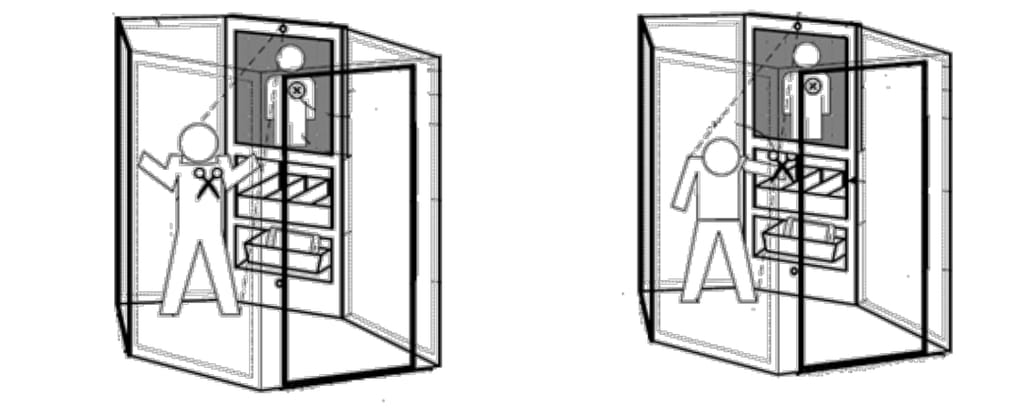
The concept of a future self-service security check system
The future system should be able to identify passengers, perform x-ray carry-on screening, use algorithms to detect threats, collect more useful data, and do this while respecting passenger privacy. And most importantly - it should be utilized without supervision and send alerts to TSA agents when detecting risks. This means that the design should be intuitive enough for passengers to go through smoothly and without guidance.
Currently, TSA is looking for proposals and additional information from checked-in vendors, among which are IBM, Salesforce, EY, MIT, and many more. The awards should be made in late 2020 or early 2021.
Automated border and passport control
Many countries are making it easy to cross their borders thanks to automated border control systems. The process may differ depending on the region. For example, in all major airports in Europe’s Schengen area, they use the combination of ePassports, biometrics, and eGates.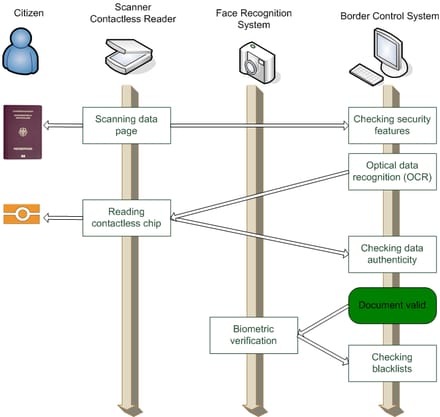
The eGates infrastructure
A traveler with a machine-readable ePassport scans their passport. Then, their photo is taken and compared to the one in the passport. Some systems also require iris or fingertip scans. After a person’s identity is verified, eGates open to let them walk through. The process is the same when passengers are departing.
If the passport scan or photo comparison doesn’t work, an immigration officer will step in. Citizens from countries that are not permitted to use the system will go through regular border control checks.
The US has a program called Global Entry, which is available only to travelers who passed preliminary interviews and background checks. To use the program, approved travelers should use kiosks located in some international and many US airports.
For American and Canadian citizens, as well as eligible Visa Waiver Program participants, the passport check is way easier and involves using an Automated Passport Control (APC) kiosk, where they scan passports, take a photograph, and answer questions verifying their biographic and flight information. After that, however, they need to show the receipt to a customs officer for the final inspection.
In a hotel
Hotels are some of the least digitized businesses in travel. The digital revolution in hospitality is driven by big brands that have resources to invest and rental businesses growing in the digital space. Read this article on contactless technology in hospitality for some interesting examples of implementation.
We’ve divided the hotel experience into two main stages: arriving and checking in and using in-room services/concierge. Let's now talk about the main scenarios for implementing self-service into these experiences.
Automated check-in and checkout
Let’s look at the traditional procedure for guests arriving at the hotel.
- The guest heads to the reception desk.
- The guest gives their name and passport.
- The receptionist verifies the guest’s identity and checks their reservation.
- The receptionist explains hotel rules and gives additional information.
- The receptionist gives the guest the key.
- The guest is guided to their roomand their baggage is taken there.
This is not only long and uncomfortable but also unnecessary. What are self-service options?
Online check-in to skip the line. Although not a completely self-service option, this one makes the check-in process faster and contactless. Here, a guest receives an automated email a few days in advance with an invitation to the customer portal. They log in and fill in their registration details, including arrival time, so the room is ready for them on time. Upon arrival, a guest identifies themselves or says an auto-generated code, and then receives a room key. Several property management systems have the online check-in option out of the box.
Mobile check-in and digital keys. This self-service option is available for hotels with electronic door locks. A guest checks in via an app and receives a digital key allowing them to access the room without stopping at the reception desk. Marriott, Hilton, and Disney hotels offer this feature to loyalty members at select properties.
https://youtu.be/zE0fuBLTKks
Check-in kiosks. Similar to airport kiosks, these machines are placed in the hotel lobby and allow customers to not only check in, but also book a room last minute, order room service, and pay. Integrated with a hotel PMS, kiosks can also store information about user preferences and then send them personalized emails.
Digital concierge and in-room service
A hotel concierge was traditionally someone who worked both as a receptionist and personal assistant. They would basically help guests with any requests and provide information. Today, concierges exist in large hotels as symbols of luxury and tradition, but their services can be available to any property via digital tools.
The most common implementation would be apps or - a cheaper and more engaging option - progressive web apps (PWAs). Progressive web apps don’t require downloading - they are basically user-friendly web pages. You place a unique QR code for every room, guests scan them and access a menu of services.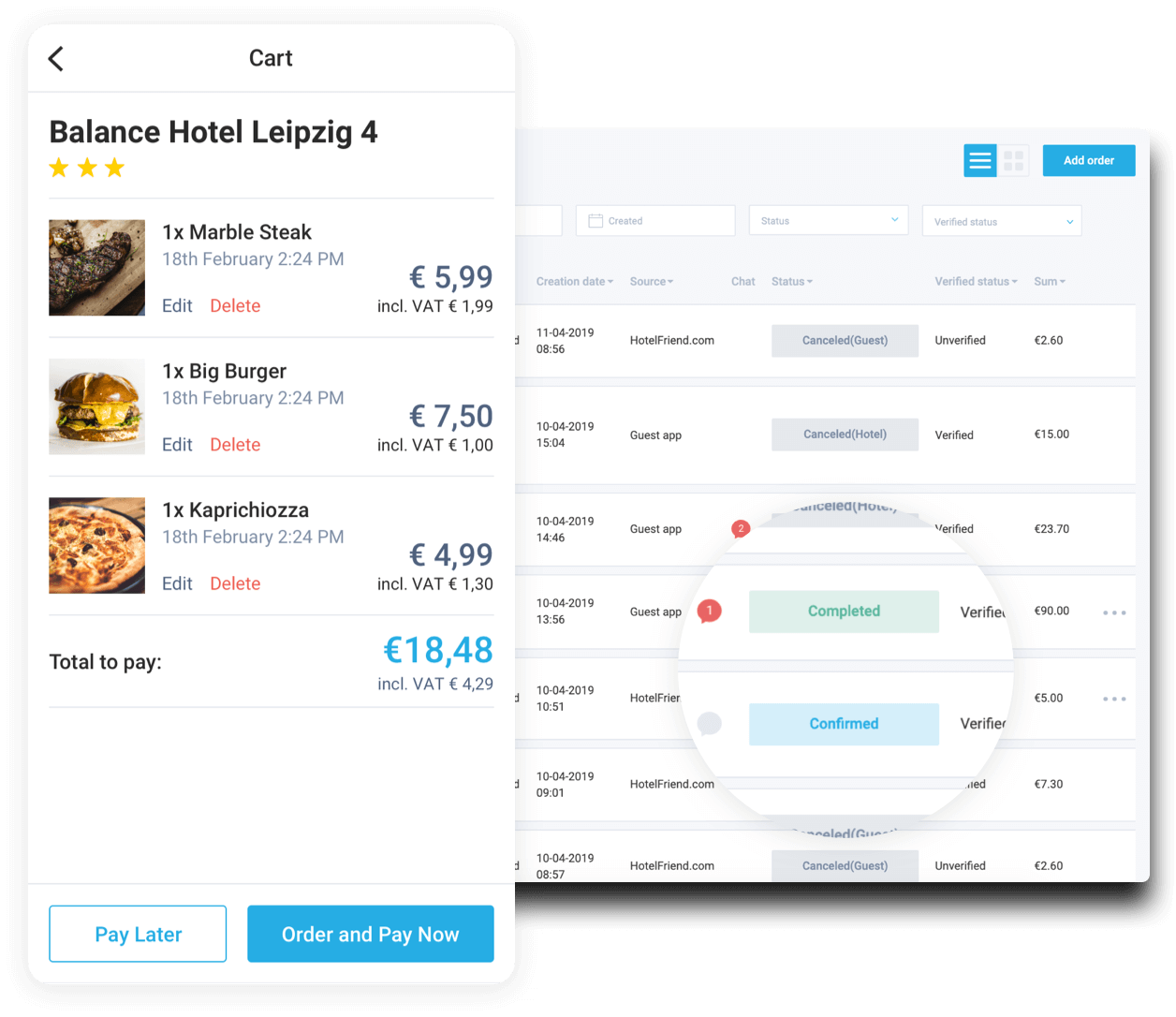
HotelFriend offers a subscription-based concierge app with ordering, payment, and check-in features
Connected to PMSs, all requests pop up in the separate interface for hotel staff and can be distributed among different teams: housekeeping, reception, and the kitchen. There’s also a chat that replaces awkward calls to reception and allows for saving a customer’s previous requests for future personalization.
Tours and attractions
Only 13 percent of travel experiences are booked online - people are still relying on ticket offices and tour guides at destinations to get their tickets. In the self-service travel era, this is a waste.
Yet the opportunities for online distribution are abundant: Expedia, Airbnb, Tripadvisor and other global brands have tools for publishing tour listings and marketing them on their platforms with minimum effort from a provider. Same with Destination Management Companies (DMCs) that have numerous ways of connecting with an OTA.
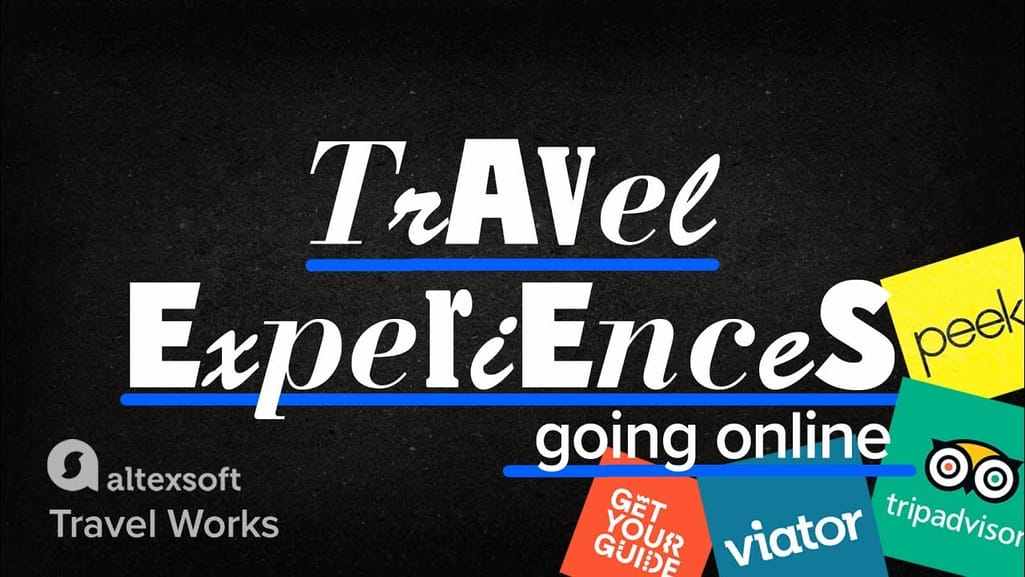

Watch this video explaining the current situation on the tours and attractions market
And when it comes to tours themselves? Are there tours for independent travelers? Yes. Many tourist attractions have some infrastructure for self-guided tours. There, tourists are provided with maps, brochures, and directions to navigate themselves without a guide. For example, Gaudi’s Casa Batlló in Barcelona offers a smart guide: a smartphone-like device with augmented reality allowing visitors to view the house decor through the symbolism behind it. The video guide is complemented with audio in 10 languages, which is also available in text for accessibility.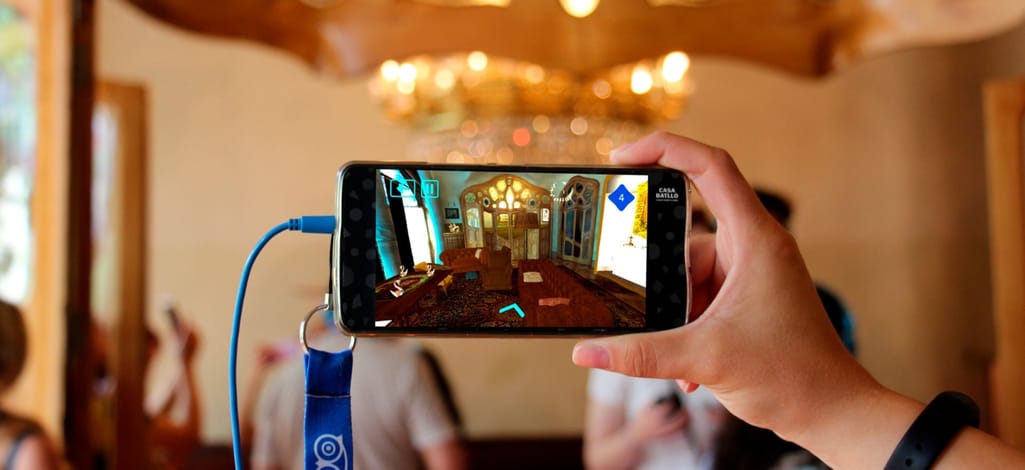
Technology meets art in this interactive guide around Casa Batlló
One of the most popular solutions are audio guide devices that can be rented at an attraction or museum. Using location-aware technology, they start playing the pre-recorded content related to what visitors are seeing at the moment. Expensive, hard to maintain, and unhygienic, these devices are being replaced by T&A apps available directly on travelers’ smartphones. Platforms like izi.TRAVEL, VoiceMap, Just Ahead, Historypin, and more aggregate and curate content about the world’s biggest attractions. Tour operators and private guides can post their audios, videos, AR and 360 experiences there for a fee and save on hardware, software, and marketing expenses.
Will automation ruin customer service?
There’s no shortage of technology for a self-service experience. In fact, alternative travel and hospitality options are making end-to-end self-service a reality.
Ticketing kiosks at railway stations compensate for the lack of user-friendly online booking - at many locations, there are none ticket offices at all. Airbnbs and short-term rentals massive support independent check-ins - guests can enter their stays via keypads or find a physical key in a lockbox. The access codes are automatically provided after booking.
Does it prevent travel providers from building strong relationships with customers? Is human contact necessary to give the best-in-class service? Doesn’t seem like it. Customers value the service that accommodates them, and they stay loyal to it. Self-service experience is customer-first. And it will only continue to grow.
In 2018, the International Air Transport Association (IATA) introduced the One ID initiative. This program aims to combine the fragmented passenger control functions and create a system under which a person would arrive at the airport ready to fly. Knowing IATA’s track record, we can expect the initial results in the near future. Other areas in the industry will likely follow suit.

Maryna is a passionate writer with a talent for simplifying complex topics for readers of all backgrounds. With 7 years of experience writing about travel technology, she is well-versed in the field. Outside of her professional writing, she enjoys reading, video games, and fashion.
Want to write an article for our blog? Read our requirements and guidelines to become a contributor.
